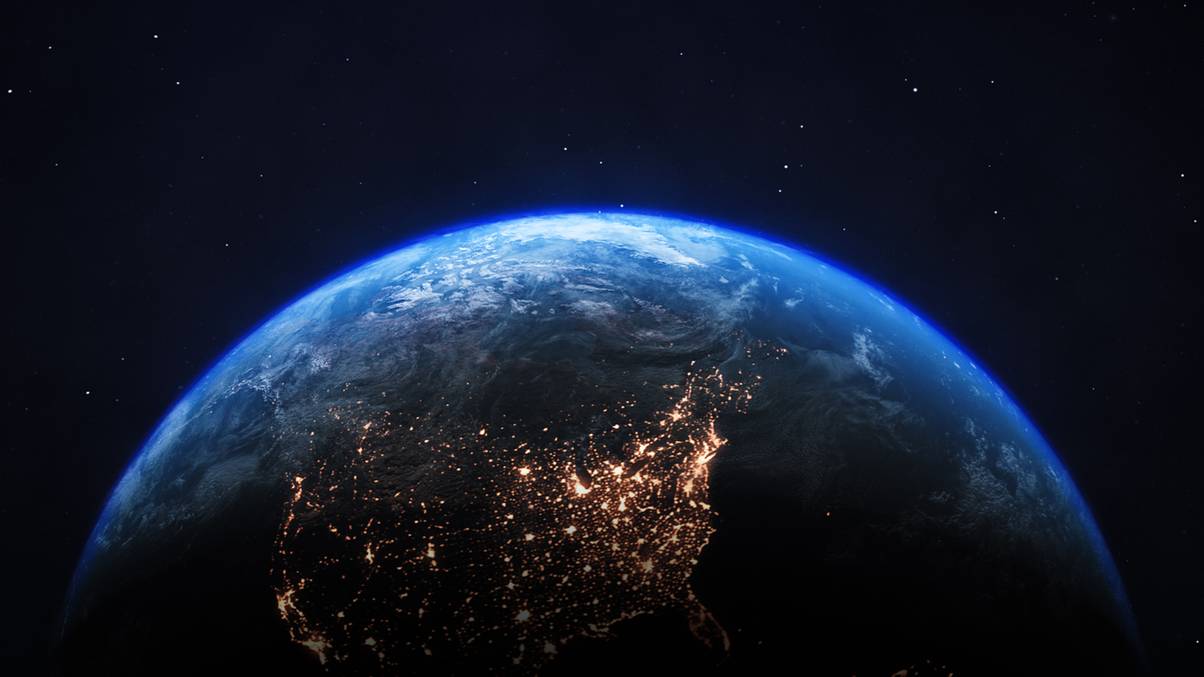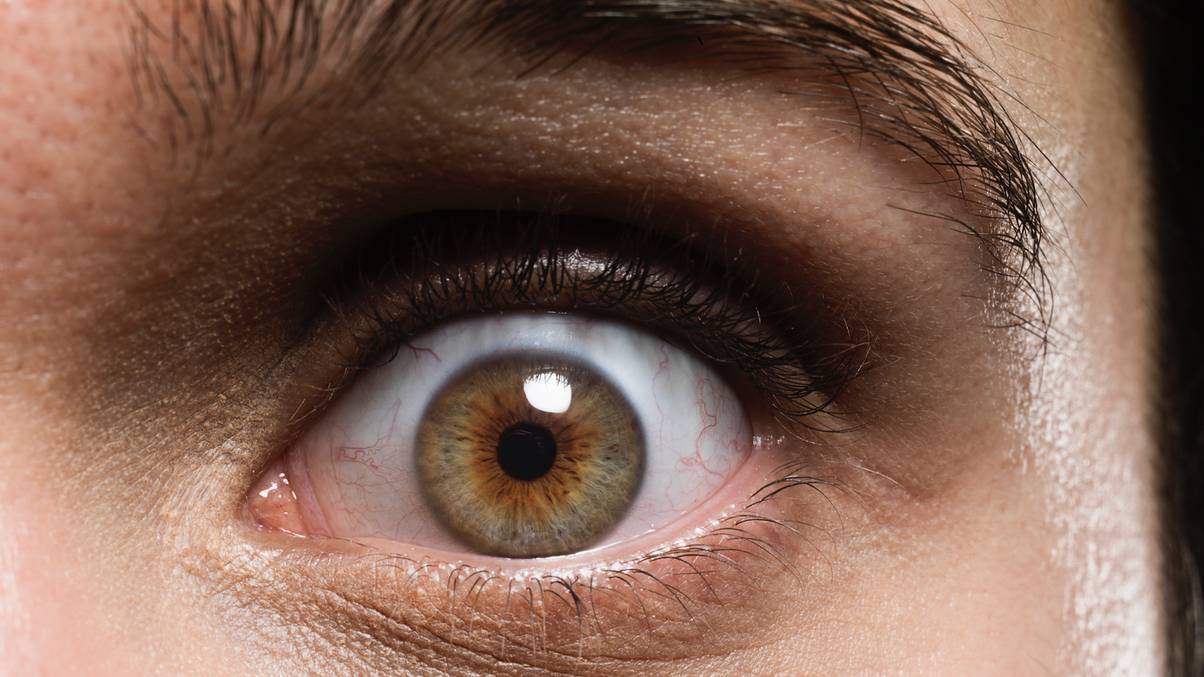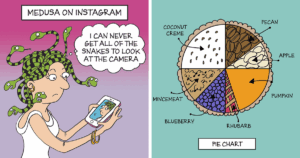“Unprecedented Cosmic Display: Explore Where the Northern Lights May Dazzle Across the UK This Decade!”
Have you ever looked up at the night sky, dreaming of catching a glimpse of the Northern Lights, only to realize you’d need a plane ticket to Iceland to make that happen? Well, 2024 has a delightful surprise in store for you! This year has turned the skies over Britain into an unexpected canvas of shimmering colors, as thousands of folks have delightedly witnessed the aurora borealis from their back gardens. Yes, you read that right! From May to October, thanks to a mix of extreme geomagnetic storms and the Sun getting a little too frisky, the enchanting lights have flickered into view across the UK, transforming ordinary evenings into magical experiences. And the good news doesn’t stop there—2025 might serve up even more opportunities for starry-eyed dreamers to bask in this celestial spectacle. So, grab your coats and prepare to be dazzled—who knew the cosmos would throw such an unforgettable show in our backyards? LEARN MORE.
This year has seen thousands of people witness the Northern Lights from their very own back gardens.
Usually, a phenomenon reserved for people visiting Iceland, Brits have been lucky enough to see the lights numerous times throughout 2024.
Back in May, social media was flooded with spectacular images, thanks to an ‘extreme geomagnetic storm’ which resulted in the lights becoming more visible.
Meanwhile, another event in October provided further visibility across the UK.
And it seems it could be set to continue, with the Met Office explaining that thanks to a shift in the Sun’s magnetic fields, 2025 could see more chances to catch the aurora borealis.
The reason why is pretty simple, and it’s all to do with something called the ‘solar cycle’.
The solar cycle lasts for 11 years and consists of a ‘solar minimum’ – in which we see the fewest number of sunspots on the Sun’s surface – and the ‘solar maximum’, which is when we see the highest number of sunspots.
It is a period of time in which the Sun is at its most volatile, sending out huge solar flares into space. When the conditions and timings line up, many of these flares can be flung towards Earth itself.
At the maximum point, the potential to see aurora increases, with the areas in which the lights are visible widening, too.

The Northern Lights back in October (Dan Kitwood/Getty Images)
“We’re now in the solar maximum phase, which means there’s more frequent sunspots and solar activity in general,” the Met Office’s Krista Hammond said.
“While it’s not possible to know precisely what this means for individual Earth-directed solar events, it does mean there will likely be further chances of aurora visibility in the UK in the coming months.
“While we’re in the solar maximum phase now, which could last a year, it’s not possible to know exactly when the number of sunspots peaked until some time after it has happened.”

There’s been a number of opportunities to see the lights this year (Jim Dyson/Getty Images)
After the peak, activity will begin to reduce during the transition to solar minimum, with Hammond adding: “While the total number of sunspots will start to reduce after solar maximum, we will continue to see space weather throughout the solar cycle, even as overall activity declines.
“Indeed, in some solar cycles, the larger events can happen as the Sun transitions back towards solar minimum.”
It’s generally agreed that the maximum will be reached at some point next year.
You can check out the latest space weather forecasts over on the Met Office website, here.














